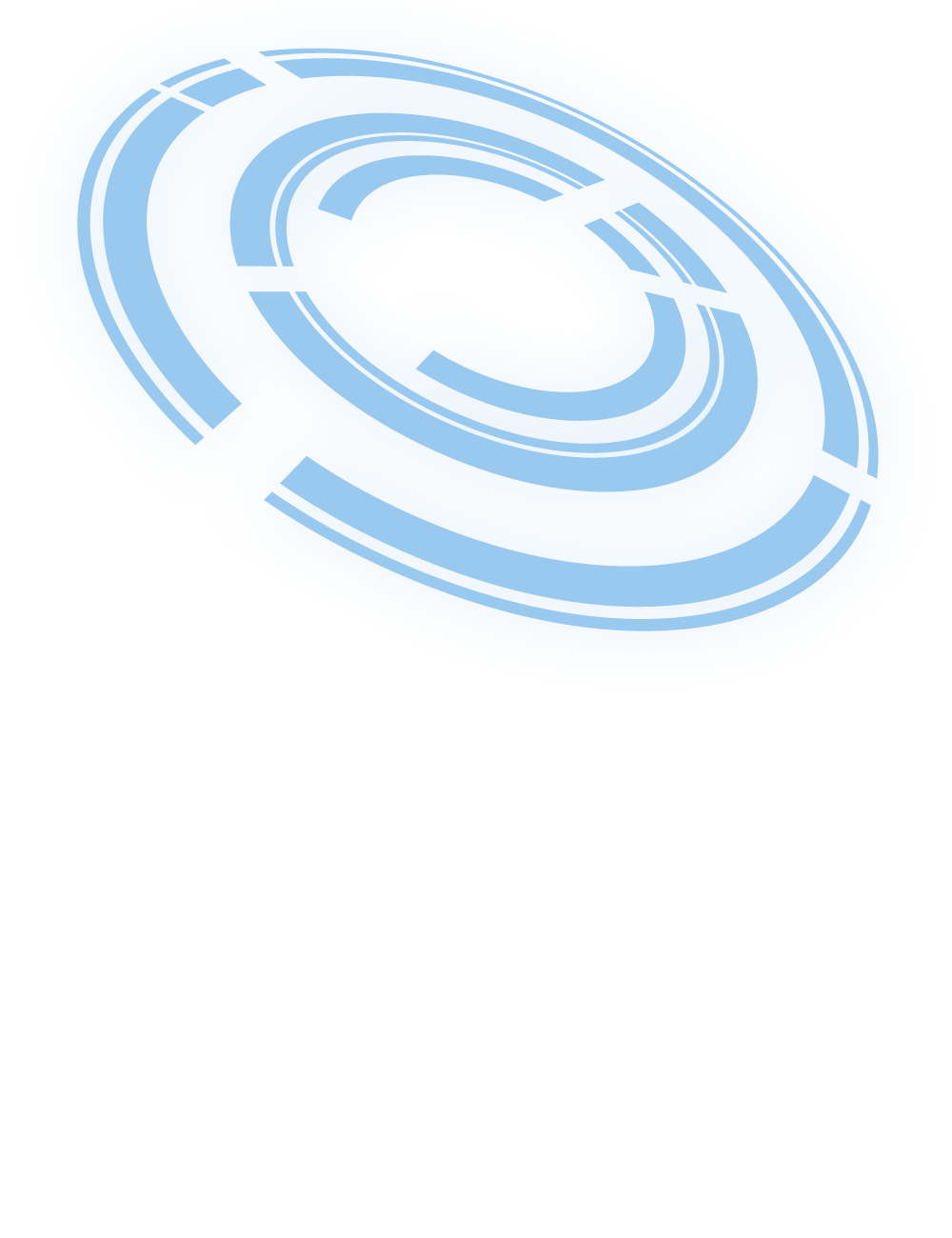Let’s not sugar coat anything here, you should know that being a massage therapist is physically demanding. The burn out rate within the industry has been estimated at 50 to 88% within the first 3 to 5 years after graduation according to a study completed by Associated Bodywork and Massage Professionals, a reputable industry organization.
Training for your massage career should seem like something that would be obvious to anyone aspiring to be an MT, but the truth is that it isn’t. Many times I have stood in front of a soon to be graduating class of massage students and asked how many are ‘training’ for their jobs? The number of blank stares and puzzled expressions says it all, massage therapy students don’t really know that they are going to have to do some work on their physical bodies and minds to make a career out of massage.
So where do we go from here? Obviously the current climate in massage education does not allow for a thorough examination of all the elements that make up the massage therapists self care matrix. Everything from post massage stretching which is the most ‘common’ self care technique, eating the right mix of nutritional elements to support our working bodies and negotiating the demands of our clients and schedule, such as setting appropriate boundaries to allow us to have real ‘time out’ from our clients needs and our work, needs to be worked into massage therapists training. As massage therapy educators it is our responsibility to share our knowledge and understanding of what constitutes a holistic and thorough approach to self care.
The way I see it there are at least eight key elements that are necessary to focus on in any massage therapists self care routine with a view to long term working ‘career longevity’ for massage therapists. They are:

1. Exercise, make a commitment to train for your job.
2. Become aware of your physical advantages and disadvantages and tailor your training appropriately.
3. Perform both pre and post massage stretching, dynamic and static.
4. Come to understand the physiology and warning signs of injury and inflammation and deal with them
appropriately.
5. Develop an awareness of body dynamics and mechanics for correct movement and stance around
the massage table.
6. Know how to ‘eat right’ for the work that you do with your body by understanding more about nutrition
and its relationship to inflammation.
7. Understand more about energy transference between ourselves and our clients and how this can be
exhausting for you as a therapist.
8. Learn how to safely manage your workspace and client schedule.
If you are a student of massage therapy think about how you might incorporate these elements into your massage training and create a routine before you start to increase your work load upon graduation.
If you are a practicing massage therapist look at this list and think about how many you are already incorporating and those which you need to include.
And finally if you are a massage educator how much do you know about each of these topics and how can you pass this onto the next generation of massage professionals so that they might be better trained and able to have pain free satisfying long term careers as massage therapists?




